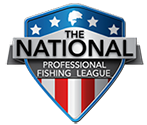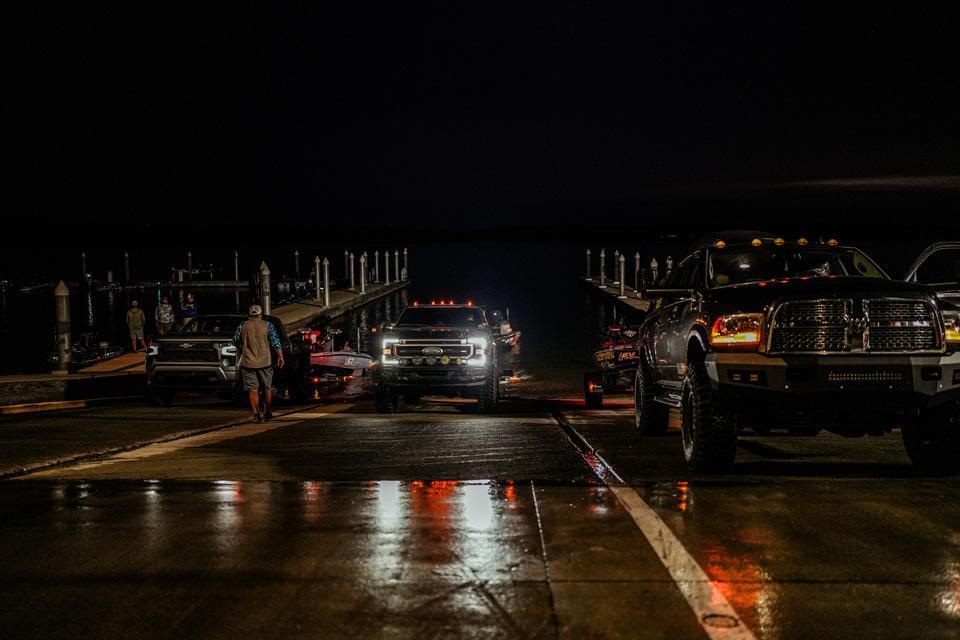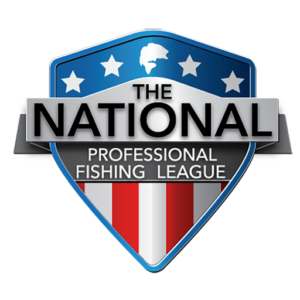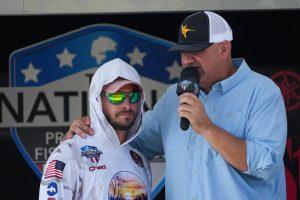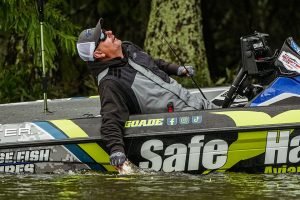Story by William Davis | Photos by Tanner & Travis Lyons
Right now, 118 talented anglers are preparing to kick off the 2025 National Professional Fishing League season. And right now, they all have optimism about the future of that season. They’re envisioning winning a tournament, claiming the coveted Progressive Angler of the Year title, and qualifying for the 2025 NPFL Championship.
Hopes are high, and to make those dreams a reality those 118 anglers understand the importance of getting off on the right foot—no stumbles out of the gate—and they’re doing all they can to control the controllables before they hitch up the boat and head to Santee Cooper for the season opener, March 6-8.
We all instinctively understand that a good start is important, but instincts can benefit from information, and that’s what “A Closer Look” is all about.
Just how important is a good start … and what is a “good start”?
I think the best way to answer those questions is to look at League history and see what it’s taken to achieve an AOY title or to make the Top 40 of the AOY rankings and qualify for a Championship.
Let’s start with AOY.
In the four previous NPFL seasons, four different anglers have earned AOY honors: Keith Carson in 2021, Gary Adkins in 2022, Todd Goade in 2023, and Kyle Welcher in 2024. Here’s where they finished in those respective season openers.
2021 Keith Carson 13th at Lake Eufaula, Alabama
2022 Gary Adkins 15th at Lake Cumberland, Kentucky
2023 Todd Goade 10th at Pickwick Lake, Alabama
2024 Kyle Welcher 7th at Logan Martin Lake, Alabama
Obviously, you need a great start if you hope to win AOY for a couple of reasons. First, you need a good finish in every tournament of the entire season to win AOY! In fact, no AOY has ever finished worse than 29th place in his AOY season (Keith Carson at Pickwick Lake in 2021). That’s still a very respectable finish!
Second, if you start too far back in the pack, you’ll have too many quality anglers to leapfrog over to get to the title. As the season progresses, it gets harder and harder to make big jumps in those standings because you’re battling the cumulative points that have racked up over three, four, or five events. You simply must start strong when the season is just six tournaments.
Now let’s look at the start you need if you want to be in the Top 40 and have a chance to qualify for the 2026 Championship.
Obviously, the demands are much less. You can bomb in a tournament or two—even with just six events—and still make the Top 40, but a strong start gives you a significant edge.
How big an edge?
In the first tournament of the season—2021 through 2024—exactly half of the anglers who would go on to finish in the top 10 of AOY started the season with a top 10 finish.
Of the anglers who would end up in the top 20 of AOY, 56% of them started the season with a top 20 finish.
And of the anglers who would end the season in the top 40 of AOY—which will get you into the 2026 Championship—68% of them started the year with a top 40 finish.
Those numbers tell a story, and that story teaches a lesson. When we look at the AOY standings after Santee Cooper, odds are that half of the top 10 are already in the top 10 … and more than two thirds of the top 40 will be Championship bound.
If you hope to have a successful season, you need a quality start.
A lot of tournament anglers will tell you that they always fish to win, and I respect that. The big paydays come with the big trophies. But I think the very best tournament anglers are the ones who quickly come to grips with the situation staring them in the face during practice. They know when they have a chance to win and when they don’t. On those occasions when they don’t have a chance to win, they regroup and re-set their goals.
Call it “quitting” or call it “playing it safe” or call it “fishing for points.”
I call it “smart.” It’s an approach that moves you up the AOY ladder and puts you in Championships. There’s at least a pretty good argument that’s what it’s all about.
